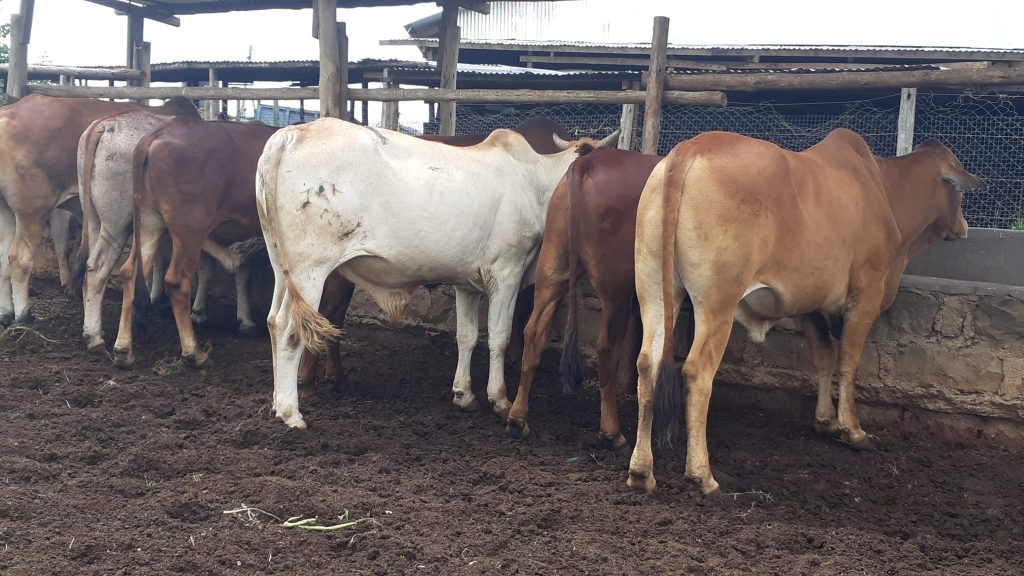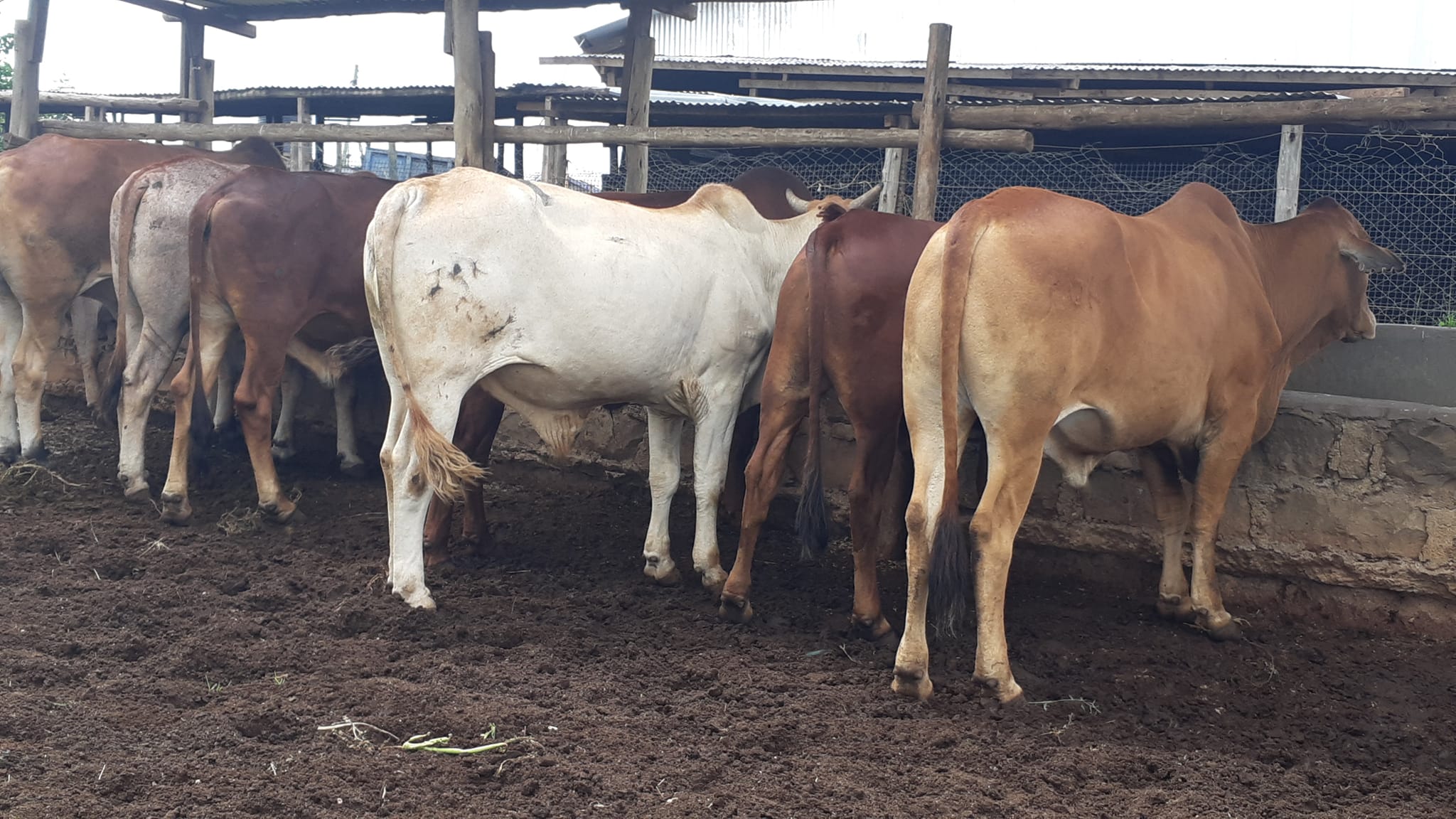The Ultimate Guide to Successful Feedlot Beef Farming in Kenya
Introduction
In Kenya’s ever-evolving agricultural landscape, feedlot beef farming has emerged as a lucrative venture for farmers seeking to maximize their profits. This comprehensive guide will provide you with essential insights and techniques to excel in feedlot beef farming, ensuring your farm’s success.
Understanding Feedlot Beef Farming

What is Feedlot Beef Farming?
Feedlot beef farming involves the practice of raising cattle in a controlled environment, typically in a confined space or feedlot.
The cattle are fed a specially formulated diet to promote rapid weight gain and high-quality meat production. This method allows for efficient management and quicker turnover of cattle for sale.
The Benefits of Feedlot Beef Farming
- Increased Profit Margins: Feedlot cattle reach market weight faster, reducing the overall cost of production and increasing profitability.
- Consistent Quality: Controlled diets result in consistent meat quality, meeting market demand for premium beef.
- Optimized Land Use: Feedlots require less land compared to traditional grazing methods, making it suitable for small-scale farmers.
- Reduced Environmental Impact: Efficient resource utilization minimizes the environmental footprint of feedlot farming.
Setting Up Your Feedlot
Location Matters
Choosing the right location for your feedlot is crucial. Consider the following factors:
- Accessibility: Ensure easy access for transportation of feed and cattle.
- Proximity to Markets: Select a location near potential buyers to reduce transportation costs.
- Environmental Regulations: Comply with environmental regulations to avoid legal complications.
Facilities and Infrastructure
Invest in suitable infrastructure for your feedlot, including:
- Feeding Facilities: Construct feed bunks and water troughs to provide easy access to feed and water.
- Shade and Shelter: Provide shelter to protect cattle from extreme weather conditions.
- Fencing: Secure your feedlot with strong fencing to prevent cattle from escaping.
Caring for Your Cattle
Nutrition
A well-balanced diet is essential for rapid growth and quality meat production. Consult with a livestock nutritionist to create a feeding program tailored to your cattle’s needs.
Health Management
Regular veterinary care is crucial to keep your cattle healthy. Implement a vaccination and deworming schedule to prevent diseases and parasites.
Monitoring and Record Keeping
Keep detailed records of your cattle’s growth, health, and feed consumption. This data will help you make informed decisions and track the performance of your feedlot.
Marketing Your Feedlot Beef
Build Relationships with Buyers
Establish strong relationships with local butchers, restaurants, and meat retailers. Reliable buyers can ensure a steady income for your feedlot.
Online Presence
Create an online presence for your feedlot through a professional website and social media. This can help you reach a wider customer base and showcase your commitment to quality.
Conclusion
Feedlot beef farming in Kenya offers a promising avenue for agricultural entrepreneurs. By understanding the fundamentals, investing in the right infrastructure, and prioritizing the health of your cattle, you can build a successful feedlot business that thrives in the competitive meat industry.
Remember, knowledge and continuous improvement are the keys to long-term success in feedlot beef farming.
